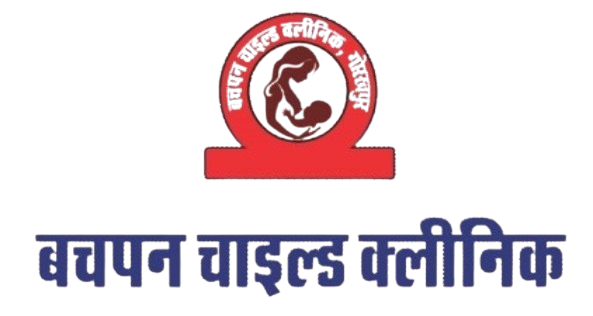Nebulization is a medical treatment that involves converting liquid medication into a mist so that it can be inhaled directly into the lungs. This method is commonly used for patients with respiratory conditions, such as asthma, chronic obstructive pulmonary disease (COPD), or cystic fibrosis.
Key Points:
How It Works: A nebulizer is the device used for this process. It uses a compressor to create a fine mist from a liquid medication, which can include bronchodilators, corticosteroids, or saline solutions.
Benefits: Nebulization allows for direct delivery of medication to the lungs, which can be more effective than oral or injectable medications for certain respiratory conditions. It’s especially useful for patients who have difficulty using inhalers.
Procedure: The patient breathes in the mist through a mouthpiece or mask for about 5 to 15 minutes, depending on the medication and the device used.
Considerations: While nebulization is generally safe, patients should be monitored for side effects, which can include throat irritation or an increased heart rate, depending on the medication used.
Home Use: Many patients are prescribed nebulizers for home use, making it easier to manage chronic conditions.
